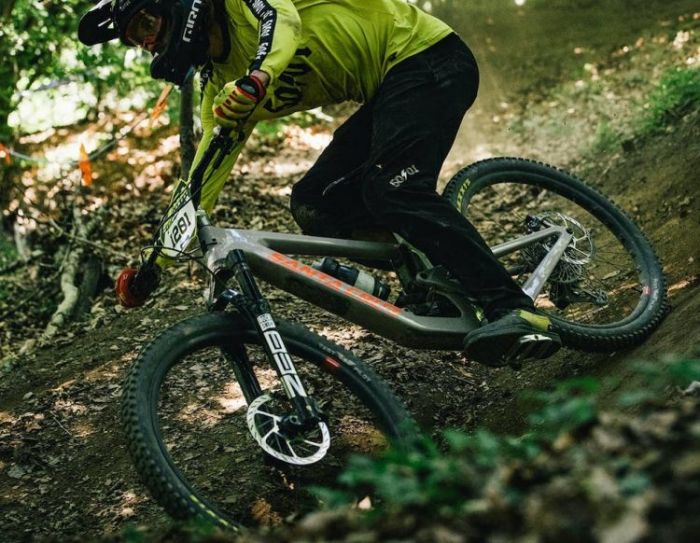Specialized Crossroads 3.0 Review
- Price: $1050
- Frame: Aluminum
- Tires: Nimbus II Armadillo Reflect
- Gear: 1 x 9
What we like about it: The robust A1 Advanced Aluminum frame and carbon fiber fork, provide excellent responsiveness and enhance rider control, making the ride more comfortable.
What we didn’t like about it: It lacks exceptional uphill and downhill capabilities.
Rating: (4.6/5)
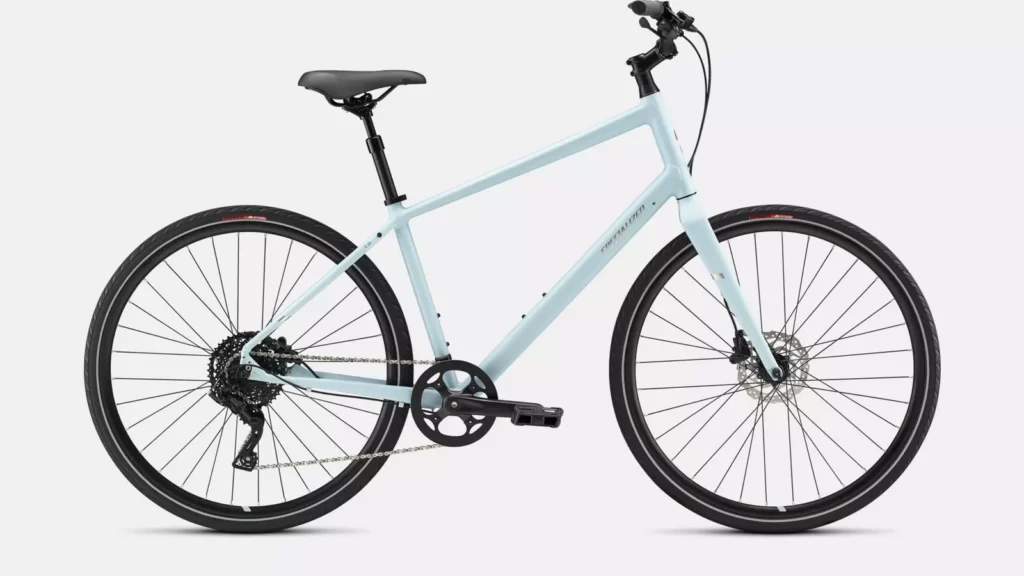
The Specialized Crossroads 3.0 could be your ideal companion. It performs excellently on all types of roads, offering a sense of comfort that is unexpectedly delightful. The sturdy A1 Advanced Aluminum frame instills confidence in your ride and accommodates various styles.
Below, we analyze the riding experience, key features, components, specifications, and other versions of the Specialized Crossroads 3.0. In the latter part of this article, we also compare it to several other bicycles. If you’d like to learn more about bicycle reviews, feel free to follow us.
Commute Cycling
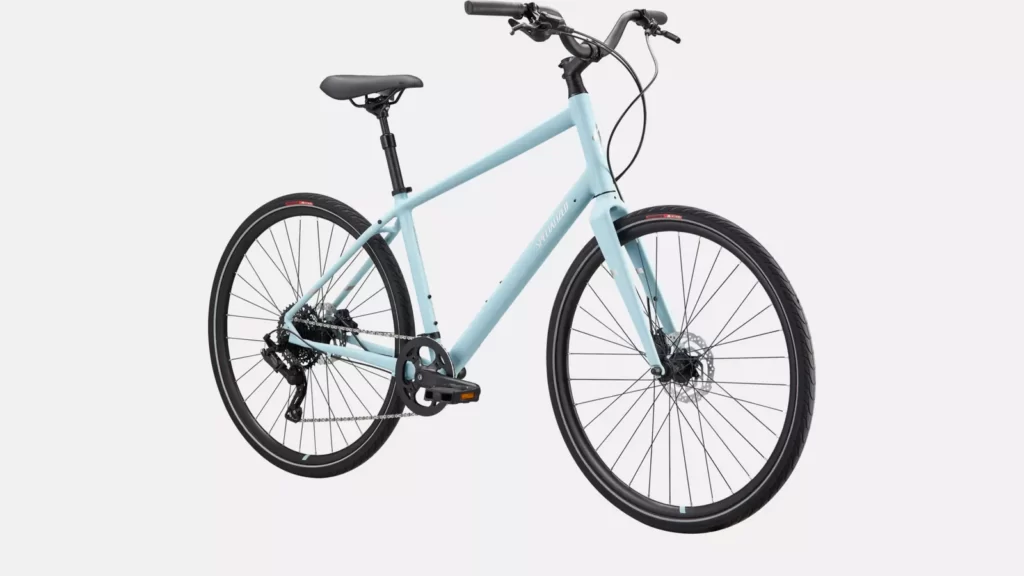
In the early morning city, I hopped onto my Specialized Crossroads 3.0, ready to embark on a day of fulfilling and vibrant commuting. The bicycle is an indispensable part of my life, providing convenience, freedom, and a closer connection to the city.
I pressed the pedals, and the Specialized Crossroads 3.0 accelerated quickly and smoothly. I felt the tight connection between the wheels and the ground. The bicycle’s lightness and maneuverability allowed me to navigate the congested city streets with ease. I weaved through traffic lights, feeling the cool breeze on my face. Every pedal stroke was a pursuit of freedom and love for the city.
I traveled through familiar streets and alleys, and the Specialized Crossroads 3.0 was my faithful companion in the city, accompanying me through bustling urban areas. Its reliability and comfort allowed me to handle various road conditions effortlessly, whether on flat avenues or rugged paths. I felt the synergy between the bicycle and me, and I could almost close my eyes and steer with precision.
Is That All?
On the commute route, I interacted with pedestrians and vehicles around me. I controlled the Alloy handlebar of the bicycle and sat on the Specialized Body Geometry Comfort Gel saddle, using my weight to maneuver. Even in dangerous situations, the Promax hydraulic disc brakes could bring the bicycle to a stop promptly, ensuring my safety.
During the commute, I encountered some challenges and difficulties. Sometimes, I faced traffic jams or adverse weather conditions, but the flexibility of the Specialized allowed me to navigate around congested traffic and waterlogged roads quickly. I remained patient, adjusting my pace and mindset, enjoying the pleasure and ease that cycling brought.
Arriving at the office, I didn’t feel fatigued; instead, I was filled with enthusiasm to start a day’s work.
Specifications
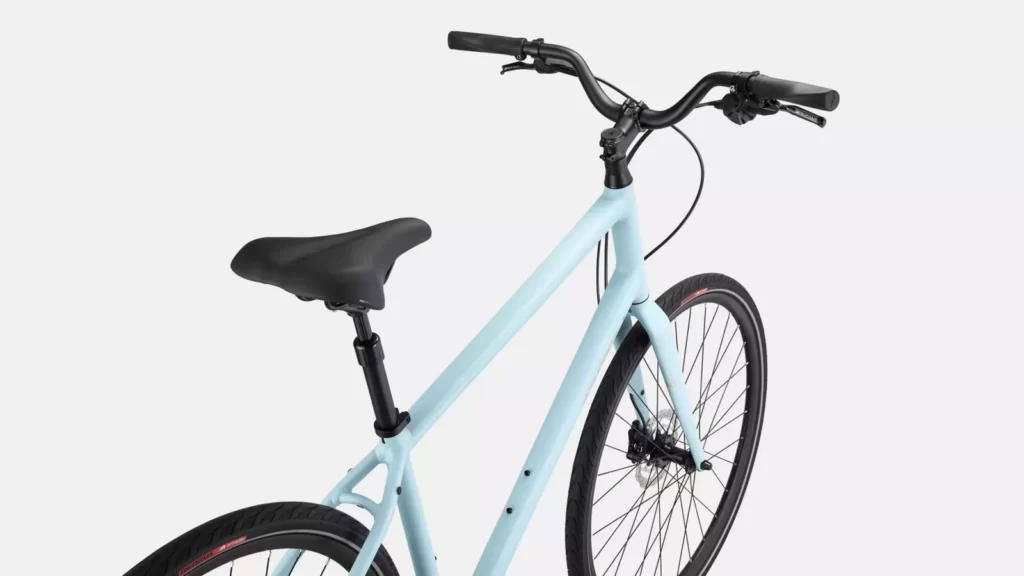
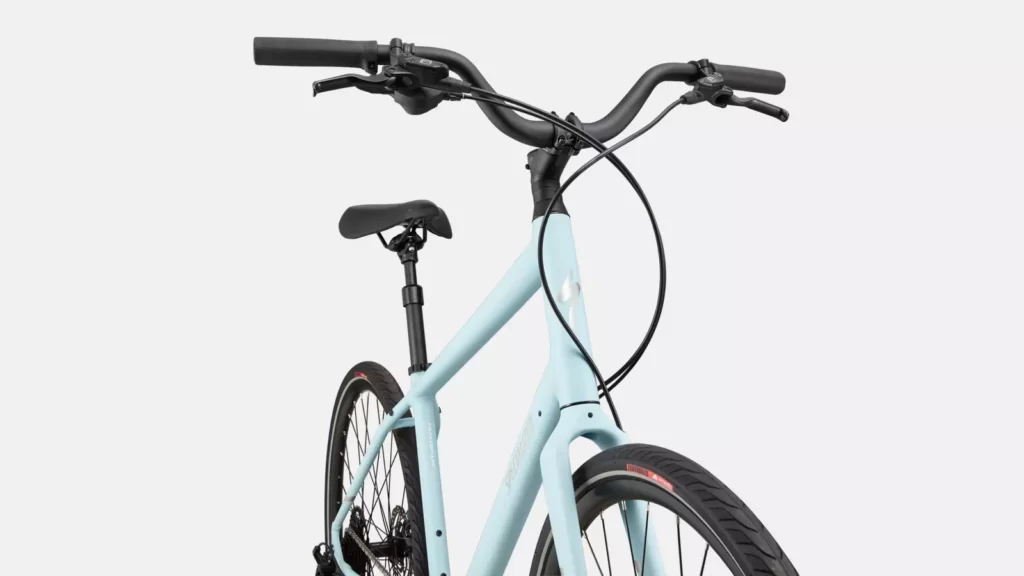
The Specialized Crossroads 3.0 is an exceptional hybrid bike. It features a Specialized A1 Premium Aluminum frame, and its Crossroads Carbon Disc Brake Fork is lightweight, offering exceptional agility on the road. The Body Geometry contact points are ergonomically designed and scientifically tested, providing riders with enhanced comfort.
Moreover, the MicroSHIFT Advent 9 Speed rear derailleur delivers outstanding shifting performance, ensuring smooth gear changes. The bike’s Promax hydraulic disc brakes offer powerful stopping capabilities, ensuring rider safety. Additionally, its Nimbus II Armadillo Reflect tires feature flat protection, updated tread patterns, and exceptional compound materials, delivering fast rolling speed and excellent traction, making it the perfect choice for any road.
Other Versions
After numerous tests, we have gained a deeper understanding of this bike. It is an outstanding hybrid bike.
However, many riders have their own performance and component requirements. Therefore, we conducted further research by comparing it to similar bikes.
Specialized Crossroads 1.0
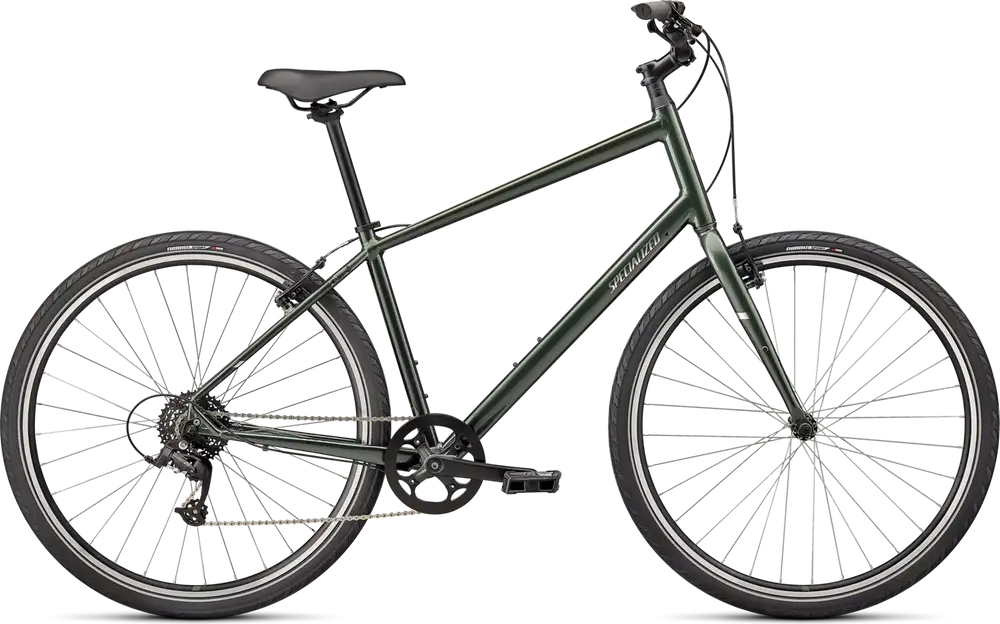
The Specialized Crossroads 1.0 features lightweight rim brakes, whereas the Specialized Crossroads 3.0 is equipped with hydraulic disc brakes. Hydraulic disc brakes offer stronger braking performance, although they may not be as convenient for maintenance and repairs. Rim brakes, on the other hand, provide average performance and are susceptible to heat buildup, which can affect braking performance. Additionally, the Specialized Crossroads 3.0 comes with a 1×9 drivetrain, offering a wider gear range and smoother shifting compared to the 1×7 drivetrain on the Specialized Crossroads 1.0.
It’s worth noting that the Specialized Crossroads 3.0 is equipped with a spring suspension seatpost, whereas the Specialized Crossroads 1.0 has a rigid seatpost. The spring suspension enhances rider comfort and absorbs vibrations on rough terrain. Despite the $400 price difference, I still recommend purchasing the superior Specialized Crossroads 3.0.
What do we like about it?
- Sturdy A1 Advanced Aluminum frame with a carbon fiber fork, providing excellent responsiveness and enhancing rider control, making the ride more comfortable.
- Can accommodate fenders and racks, making it convenient for riding in rainy conditions or carrying cargo.
- Offers enhanced comfort and performance on its versatile geometry, suitable for riders of various styles.
- Reflective elements on the frame and components improve visibility in low-light conditions.
What don’t we like about it?
- It lacks exceptional uphill and downhill capabilities.
FAQ
- Is this bike suitable for beginners?
It is suitable for both beginners and experienced riders.
- How many color options does this bike have?
This bike comes in one color: Satin Arctic Blue / Chrome.
- Does this bike support customization?
It supports professional customization based on the rider’s body size by experts.
- How many fixes does this bike have?
It has four fixed points.
Specs
Build
| Frame | Specialized A1 Premium Aluminum, formed tubes, fender/rack mountsBB Standard: BSA, 68mm, ThreadedColor: Satin Arctic Blue / Chrome |
| Fork | Crossroads Carbon Disc Brake Fork |
| Bottom Bracket | BSA, square-taper, 68mm |
| Stem | 3D-forged alloy, 31.8mm, 7-degree rise |
| Handlebar | Alloy, 15-degree backsweep, 80mm rise, 31.8mm |
| Saddle | Specialized Body Geometry Comfort Gel |
| Seatpost | Spring suspension, alloy, 27.2mm, 2-bolt clamp |
| Pedals | Specialized City, platform |
Groupset
| Rear Derailleur | MicroSHIFT Advent 9 Speed, W/O Clutch |
| Crank | Forged alloy, 104mm BCD, 42T |
| Shifters | microSHIFT Advent, 9-speed |
| Cassette | microSHIFT Advent, 9-speed, 11-42t |
| Chain | KMC X9, 9-speed w/ Missing Link™ |
| Brakes | Promax hydraulic disc, post-mount, 160mm |
Wheels
| Rims | Front: 3.0 wheelset, Rear: 3.0 wheelset |
| Tires | Front: Nimbus II Armadillo Reflect, 60 TPI, 700x38mm, Rear: Nimbus II Armadillo Reflect, 60 TPI, 700x38mm |
Comparison Table
| Bikes | Click view | Tires | Drivetrain | Frame Material | Groupset |
| Trek FX 1 Stagger | Click View | Bontrager H2 Comp | 3 x 7 | Aluminum | Shimano Altus, Tourney |
| Co-op CTY 1.1 | Click View | Vee City Cruz 700c x 40 mm | 3×8 | Aluminum | Shimano Altus, Tourney |
| Cannondale Bad Boy 2 | Click View | WTB Byway, 650bx40c | 2 x 9 | Aluminum | microSHIFT Mezzo |
| Fairdale Weekender Nomad | Click View | 27.5″ x 1.65″ Maxxis Overdrive | 1 x 11 | Steel | SRAM Apex |
Specialized Crossroads 3.0 vs. Trek FX 1 Stagger
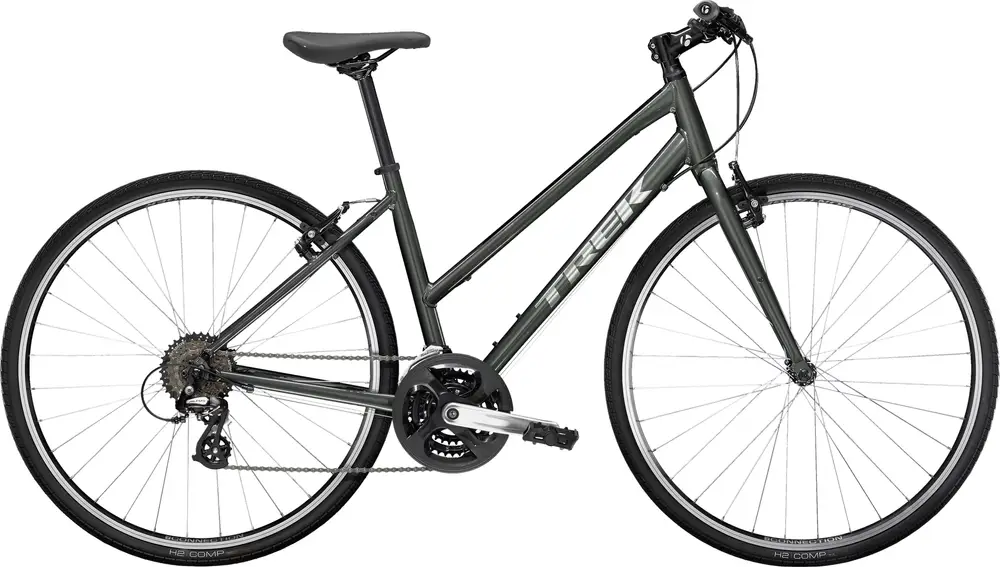
The Specialized Crossroads 3.0 features a Crossroads Carbon Disc Brake Fork, while the Trek FX 1 Stagger is equipped with an FX Steel fork. The steel fork is heavier but has a chrome-plated surface, offering good corrosion resistance. In contrast, the carbon fork is lightweight, has a moderate level of torque, and can absorb impacts. However, it is prone to breaking when subjected to side impacts.
It’s worth noting that the Specialized Crossroads 3.0 uses Promax hydraulic disc brakes, whereas the Trek FX 1 Stagger has Tektro alloy linear-pull rim brakes. Hydraulic brakes are more expensive and heavier but provide excellent braking performance. On the other hand, rim brakes are lighter but offer subpar braking performance and may struggle to dissipate heat efficiently. During extended downhill braking in high-temperature conditions, rim brakes are more susceptible to damage.
Learn More: Is The Trek FX1 Worth Buying? [Trek FX1 Review]
Specialized Crossroads 3.0 vs. Co-op CTY 1.1
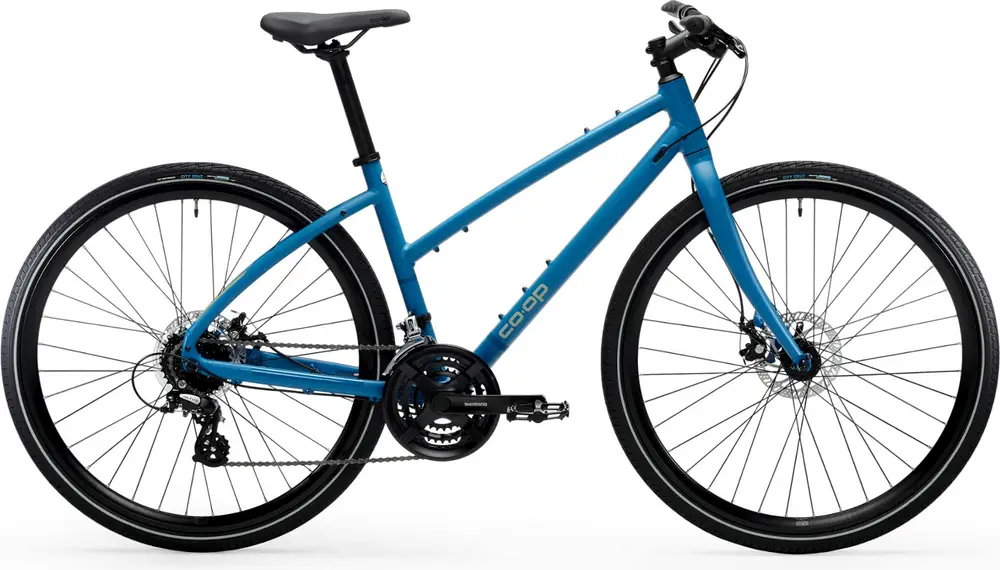
The Specialized Crossroads 3.0 is equipped with a 1×9 drivetrain, while the Co-op CTY 1.1 features a 3×8 drivetrain. The 1×9 drivetrain offers a wider range of gears and smoother shifting, and its single front chainring design effectively prevents chain drops. Additionally, the Specialized Crossroads 3.0 has a lightweight carbon fork that can absorb more shocks. The Co-op CTY 1.1, on the other hand, has strong fatigue resistance and is less prone to damage from impacts coming from various directions. Even if it does get damaged, it’s easier to repair than a carbon fork.
The Co-op CTY 1.1 comes with 40mm Vee City Cruz tires, while the Specialized Crossroads 3.0 has 38mm Nimbus II Armadillo Reflect tires. The wider 40mm tires can adapt to a wider range of road conditions and provide better support on looser surfaces. Additionally, the Co-op CTY 1.1 uses mechanical disc brakes, whereas the Specialized Crossroads 3.0 is equipped with hydraulic disc brakes. Hydraulic disc brakes offer stronger braking performance, while mechanical disc brakes have better maintainability and repairability.
Specialized Crossroads 3.0 vs. Cannondale Bad Boy 2
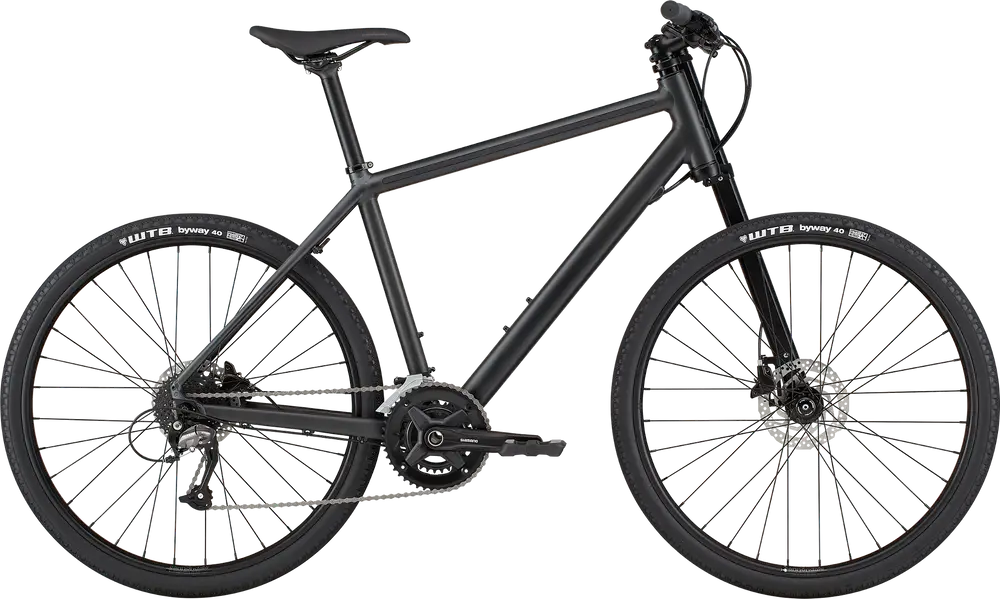
Both of these bikes have aluminum frames, carbon forks, and aluminum wheels, but they differ in wheel size. The Specialized Crossroads 3.0 uses 700c wheels, while the Cannondale Bad Boy 2 has 650b wheels. 700c wheels offer better rolling efficiency, while 650b wheels are very agile. The Cannondale Bad Boy 2 features a 2×9 drivetrain, while the Specialized Crossroads 3.0 is equipped with a 1×9 drivetrain. The 1×9 drivetrain’s single front chainring design helps prevent chain drops.
Furthermore, the Cannondale Bad Boy 2 can reach speeds of up to 36mph, whereas the Specialized Crossroads 3.0 maxes out at 33mph, making it a bit slower. Additionally, the Cannondale Bad Boy 2 comes with Cannondale Urban Pedals and Cannondale Comfort grips, while the Specialized Crossroads 3.0 has Specialized City platform pedals. This means that the Cannondale Bad Boy 2 saves riders the time and effort of searching for suitable pedals and grips.
Learn More: Is Cannondale Bad Boy 1 Worth Buying? [Cannondale Bad Boy Series Review]
Specialized Crossroads 3.0 vs. Fairdale Weekender Nomad
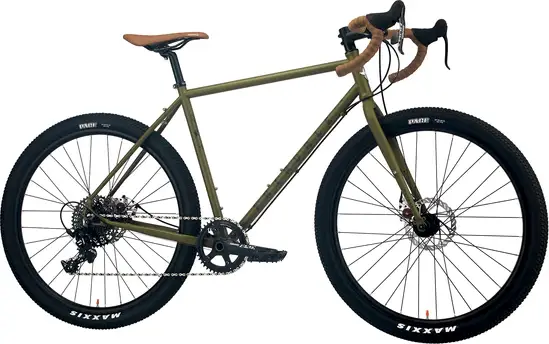
The Fairdale Weekender Nomad features a steel frame and fork, while the Specialized Crossroads 3.0 is equipped with an aluminum frame and carbon fork. Steel has slender tube profiles, precise welding, high rigidity, and some elasticity, making it less susceptible to metal fatigue, but it is heavier. Aluminum offers good hardness and rigidity, is corrosion-resistant, and is easy to maintain, but it lacks elasticity and is more prone to metal fatigue, with poorer vibration absorption on road surfaces. Carbon is very lightweight with smooth, joint-free construction, but it has poorer resistance to sharp object impacts.
It’s worth noting that the Fairdale Weekender Nomad has agile 650b wheels, which are lightweight and equipped with low-maintenance mechanical disc brakes. Its 1×11 drivetrain has a wider gear range and smoother shifting than the Specialized Crossroads 3.0’s 1×9 drivetrain. However, the Specialized Crossroads 3.0 features 700c wheels for better rolling efficiency and more powerful hydraulic disc brakes.
Summary
This is our review of the Specialized Crossroads 3.0. This is an excellent hybrid bike that can greatly assist riders with their commuting needs. Taking everything into consideration, we’ve given it a high rating of 4.6. If you’d like to learn more about bicycles, feel free to check out our other reviews.
Finally, if you appreciate our content, please share it with your friends. If our content has been helpful to you, you can click the email subscription button below. Thank you for your support!

![[Orbea URRUN 10 20mph Review] – Best Used By People Who Enjoy Riding To Get AFeel For The Mountains!](https://bestbikeselect.com/wp-content/uploads/2023/09/2023-Orbea-URRUN-10-20mph-35_-1024x1024.jpg)
![[Specialized Turbo Como 5.0 Review] – Good Choice?](https://bestbikeselect.com/wp-content/uploads/2023/08/2023-Specialized-Turbo-Como-5.01_-1024x1024.webp)
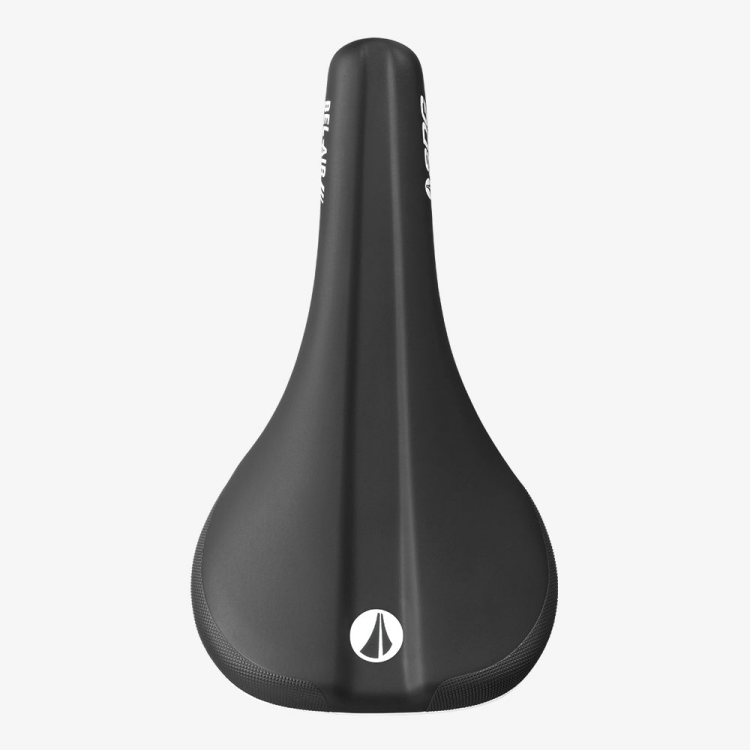
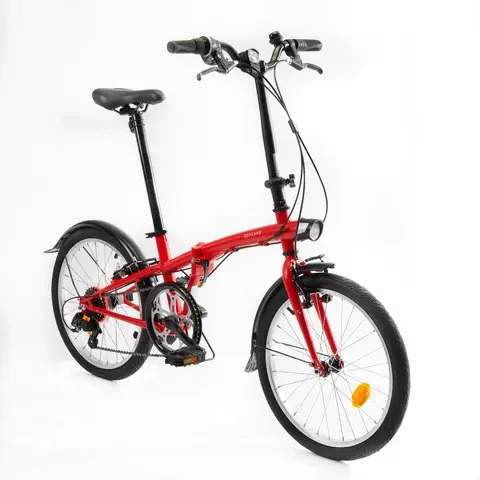
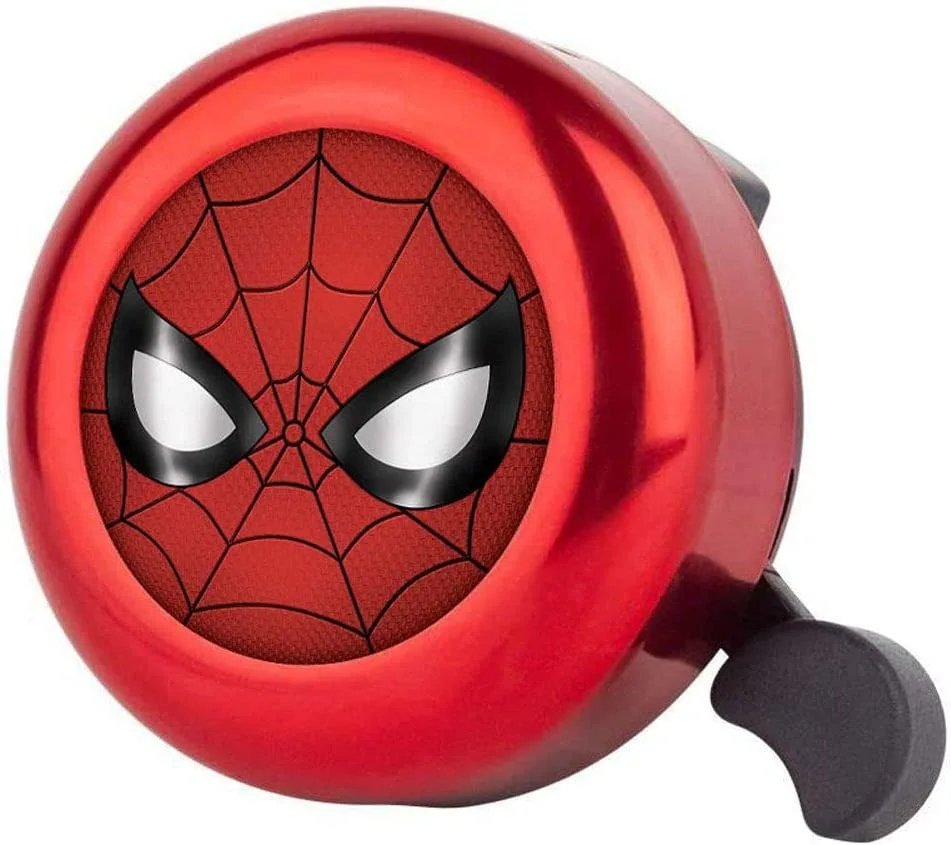
![2025 Built for Champions:[Orbea ORCA M21eTEAM PWR Review]](https://bestbikeselect.com/wp-content/uploads/2025/01/ORCA-M21eTEAM-PWR-1024x885.jpg)
![2025 Conquer Any Trail [Santa Cruz Bronson R Review]](https://bestbikeselect.com/wp-content/uploads/2025/01/Santa-Cruz-Bronson-R-1-1024x768.webp)
![2025 The All-Terrain Beast [Santa Cruz Hightower 3 MY24 Review]](https://bestbikeselect.com/wp-content/uploads/2025/01/Santa-Cruz-Hightower-3-MY24-1024x768.webp)
![The Best Comfortable Leisure Bike of 2025 [ Trek Verve 2 Lowstep Gen 5 ]](https://bestbikeselect.com/wp-content/uploads/2024/12/Verve-2-Lowstep-Gen-5-02-1024x681.png)
![2025’s Top Endurance Bikes [Cannondale Synapse Carbon 3 L Review]](https://bestbikeselect.com/wp-content/uploads/2025/01/Cannondale-Synapse-Carbon-3-L-1-1024x627.webp)
